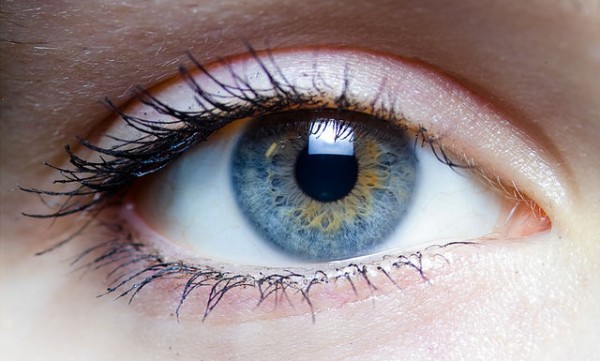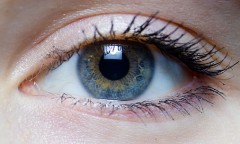By Vishal Goel, | December 20, 2016

Thanks to medical advancements, cataract removal can be performed in less than 30 minutes. (Laitr Keiows/CC BY-SA 3.0)
According to a new study led by optometrist Gary Heiting, all eyes are brown, and their colors appear to be different because of the presence of different amounts of pigment cells called melanocytes in the iris.
The study showed that while blue-eyed people have fewer melanocytes, making their eyes appear lighter in color, brown-eyed people have more melanocytes.
Like Us on Facebook
Dr. Gary Heiting, a senior editor of the eye care website All About Vision, said that everyone has melanin in the iris (the colored part that surrounds the pupil) of their eye and the amount that they have determines their eye color. According to Heiting, there is only this one type of pigment which is also found in skin and hair.
Melanin, which is made up of melanocyte cells, is naturally dark brown in color and can absorb light. The more melanin there is inside the iris, the more light is absorbed, meaning less light is reflected out, leaving the iris appearing brown. People with blue eyes have less melanin in their iris, resulting in less light being absorbed and more light being reflected. When this light is scattered, it reflects at shorter wavelengths along the blue end of the color spectrum, leaving the color of the eyes seemingly blue.
Green and hazel eyes, however, have differing quantities of melanin resulting in different levels of light absorption and therefore different colors reflecting out. Hazel is considered a mixture of eye colors, according to Heiting.
Change in color of the eyes also depends on different light settings which further depends on how the person is standing. It all boils down to the interaction between the amount of melanin and the complex architecture of the iris. This part of the eye is, therefore, unique to most individuals and can act as something like a fingerprint, due to the existence of various textures and patterns.
Blue eyes indicate the presence of the least amount of pigment which is why when babies are born, their eyes may sometimes appear blue because their melanin is still forming. Their eye color may then darken as they develop and more melanin accumulates in the iris.
-
Use of Coronavirus Pandemic Drones Raises Privacy Concerns: Drones Spread Fear, Local Officials Say

-
Coronavirus Hampers The Delivery Of Lockheed Martin F-35 Stealth Fighters For 2020

-
Instagram Speeds Up Plans to Add Account Memorialization Feature Due to COVID-19 Deaths

-
NASA: Perseverance Plans to Bring 'Mars Rock' to Earth in 2031

-
600 Dead And 3,000 In The Hospital as Iranians Believed Drinking High-Concentrations of Alcohol Can Cure The Coronavirus

-
600 Dead And 3,000 In The Hospital as Iranians Believed Drinking High-Concentrations of Alcohol Can Cure The Coronavirus

-
COVID-19: Doctors, Nurses Use Virtual Reality to Learn New Skills in Treating Coronavirus Patients











